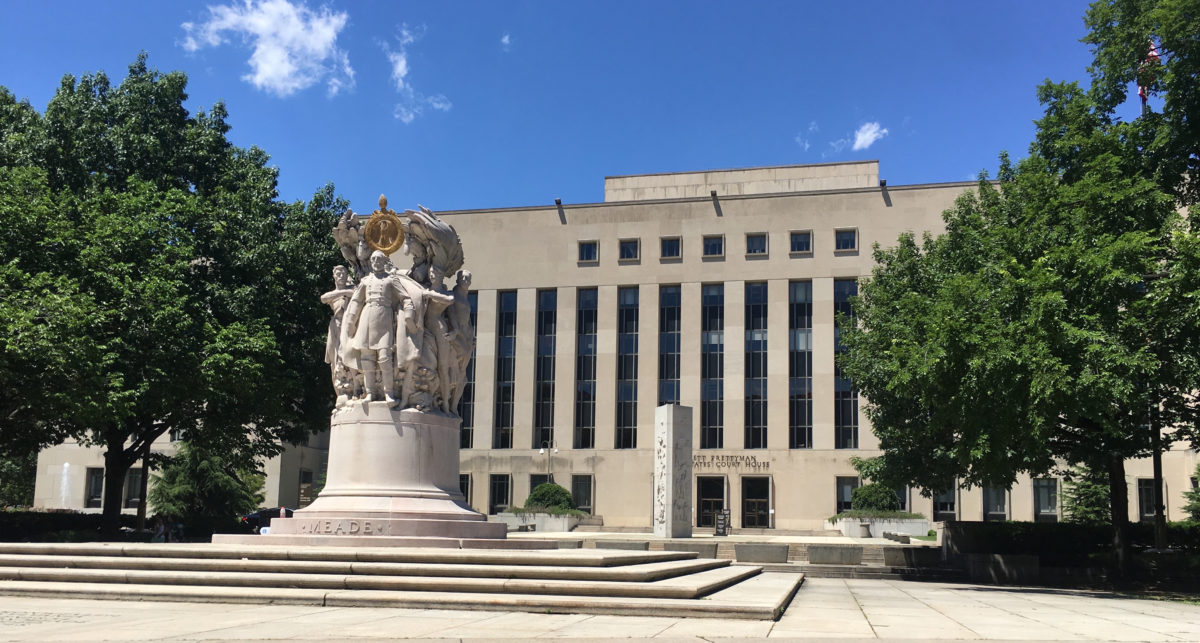Hello and welcome! Today we launch Circuit Breaker, a website exclusively devoted to one of the nation’s most influential—and one of its most overlooked—institutions: the U.S. Court of Appeals for the D.C. Circuit. We aim to publish nonpartisan news and analysis about all of the court’s activities, from the key cases being added to its docket to the far-reaching opinions it frequently hands down. While we both have legal backgrounds, this is not a site solely for lawyers, and we’ll keep the legal jargon to a minimum. The goal of Circuit Breaker is to explain how the court’s judges and litigants are shaping American public policy well beyond the walls of the nondescript courthouse at 333 Constitution Avenue.
Why the D.C. Circuit? It is just one of the 13 federal appellate courts, and its geographic jurisdiction is tiny. But in legal circles, it is often dubbed the second-most important court in the nation, after the Supreme Court. President Obama called it a “special court,” and Chief Justice Roberts called it a “national court.” Its status stems from its critical role supervising the conduct of the other two branches of government and setting the rules for the modern administrative state.
Unlike any other federal court, the D.C. Circuit has exclusive jurisdiction over agency actions on some of the most controversial issues of the day. Its docket tilts disproportionately toward policy questions with national implications: climate change, health care reform, net neutrality, financial regulations, terrorism, and much more. While the Supreme Court hears only about 80 cases a year, the D.C. Circuit decides hundreds. It is, in many practical respects, a court of last resort on the scope of federal power and the details of federal policy.
It is also a training ground for America’s best judges and lawyers. A third of the current Supreme Court consists of D.C. Circuit alumni: Justice Thomas, Justice Ginsburg, and Chief Justice Roberts. One current D.C. Circuit judge is on the short list for a nomination (and another, of course, actually was nominated). And many of the nation’s top appellate lawyers practice regularly before both the D.C. Circuit and the Supreme Court.
Yet for all of its influence, the D.C. Circuit receives only sporadic coverage from the news media. The court’s major decisions typically get perfunctory attention, but there is no D.C. Circuit press corps, and aside from a handful of blogs that review the court’s opinions, there is no publication devoted to this crucial beat.
Circuit Breaker changes that. Starting today, we’ll be monitoring everything the court is doing. We will track key cases coming to the court on appeal. We will analyze what gets said at oral arguments. We will explain the implications of the court’s opinions. We will follow the court’s cases if they garner Supreme Court review. We will examine the doctrinal trends and political currents that are guiding the court’s 17 judges. And we will illuminate how this special, national court is wielding its power.
Thanks for reading Circuit Breaker, and let us know what you’d like to see on our site as we break news, break that news down, and explain why it matters.
![]()

